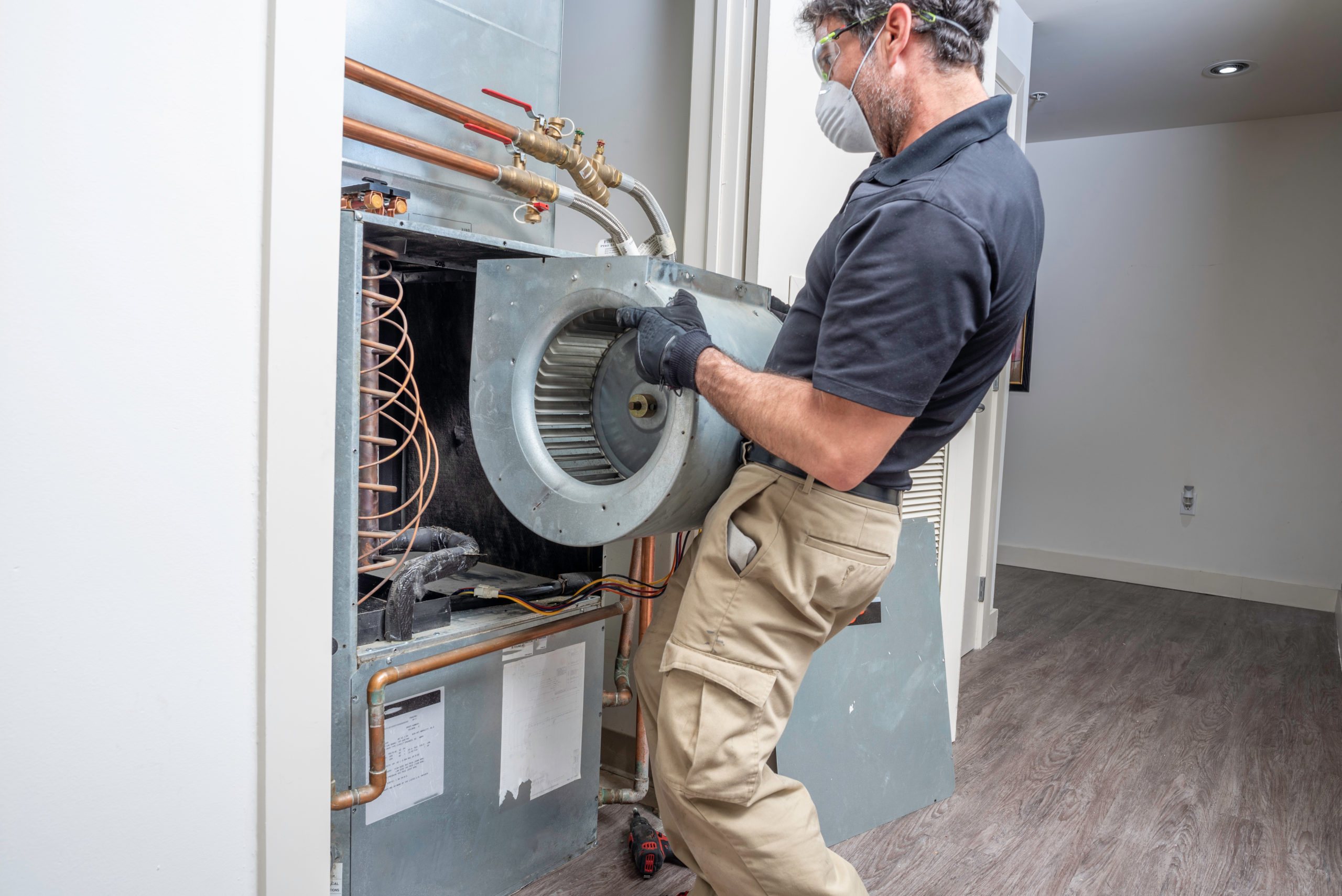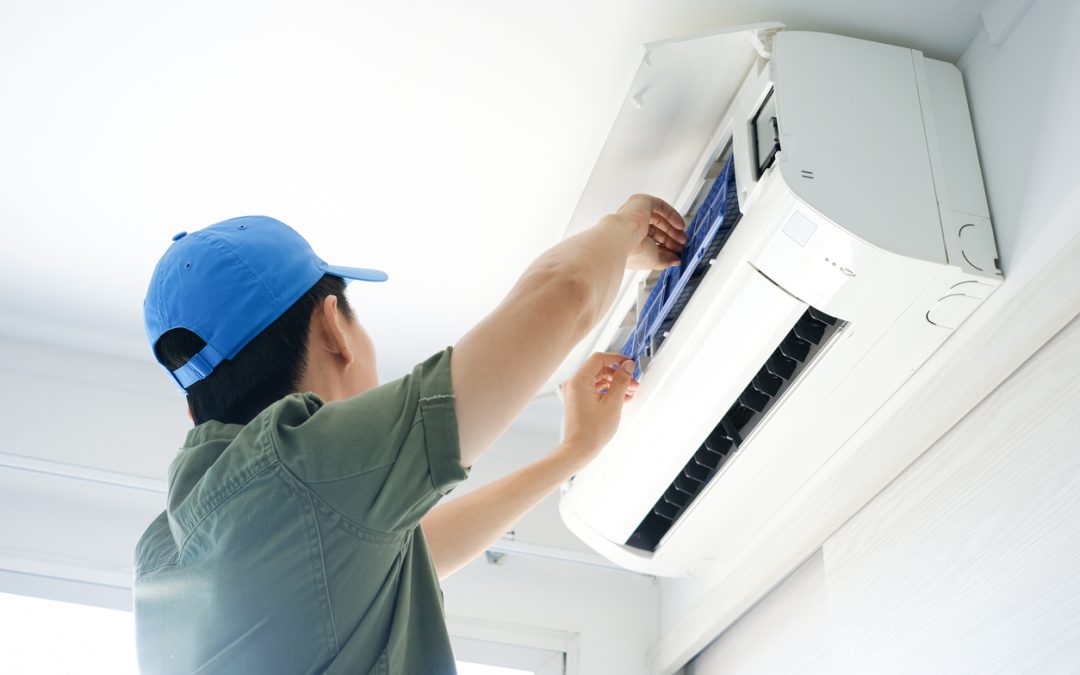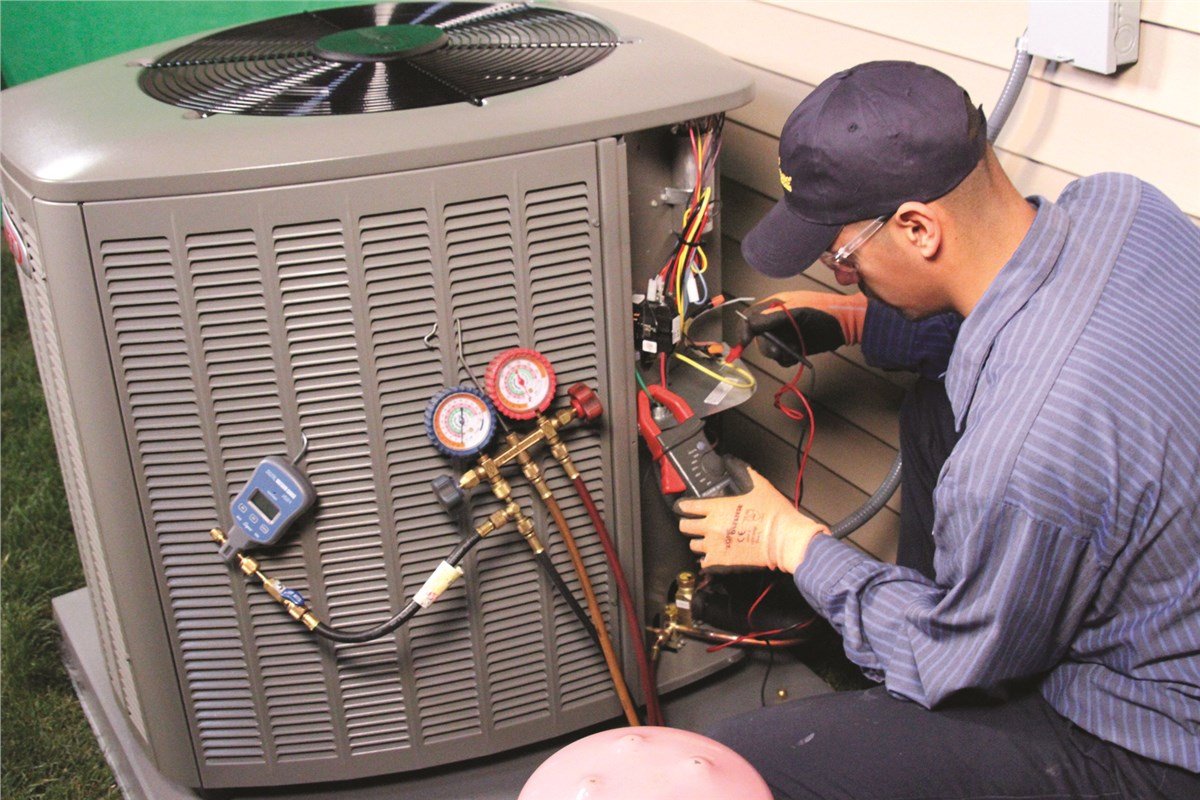AC Leak: Efficient Environment Control Systems Are Essential For Indoor Comfort And Energy Cost Savings
Components and Systems: The Heating And Cooling Symphony
Ever wonder what really manages the climate control in your house or office? It's much more than just a box humming outside. We're talking about a sophisticated interaction of elements, a genuine symphony of engineering developed to keep your comfort, come rain or shine, and even the most blistering heatwave. Comprehending these private parts, and how they coalesce into a unified system, is critical for any homeowner or center supervisor. Believe of it like a human body: each organ has an important function, but it's their collective function that keeps us alive and thriving.
The Core Players: What Makes it Tick?

At the heart of the majority of residential and light business a/c setups, you'll find a number of key gamers. Do you truly know what every one does? Let's break down the vital cast:
- Furnace: The heating powerhouse, typically sustained by gas, propane, or electrical energy. It warms the air that then flows throughout your space.
- Ac system: The cooling champ, getting rid of heat and humidity from indoor air through a refrigerant cycle.
- Ductwork: The circulatory system of your HVAC, a network of channels that disperses conditioned air to numerous spaces and returns stale air for reconditioning. Without correctly sized and sealed ducts, even the most effective system can falter.
- Thermostat: The brain of the operation, enabling you to set and maintain preferred temperature levels. Modern thermostats can amazing feats, from Wi-Fi connection to learning your choices.
Beyond the Basics: Integrated Systems
While the heating system and a/c unit are frequently distinct systems, they often share typical aspects, forming an integrated system. The same blower fan within the heater typically propels air for both heating and cooling. This seamless combination is what makes a modern-day a/c system so effective and easy to use. Think about the traditional situation: a sweltering summer day paves the way to a surprisingly chilly night. Your system, if appropriately designed, shifts easily from cooling to heating, making sure constant comfort without you lifting a finger. It's really a marvel of modern-day convenience technology.
Improving Air Quality: More Than Simply Temperature level
Beyond simply warming and cooling, contemporary HVAC services frequently include components targeted at enhancing indoor air quality. Are you familiar with the undetectable threats prowling in your air? From allergens to toxins, a good system actively fights them. This can include innovative purification systems, humidifiers to include wetness in dry environments, or dehumidifiers to draw out excess humidity. Some systems even integrate UV lights to kill air-borne pathogens. It has to do with developing a holistic environment, not simply a comfy temperature. After all, what good is convenience if the air you breathe is below average?
Cooling And Heating Principles: The Hidden Ballet of Convenience
Ever question why one room seems like a sauna while the next is an icebox, in spite of your thermostat's impassioned prayers? The response frequently lies in a nuanced understanding of heating and cooling concepts, a subtle dance of energy transfer that dictates our indoor convenience. It's not practically cranking up the air conditioning or stoking the furnace; it's about managing the flow of heat, that persistent traveler always looking for equilibrium. Think of it like water flowing downhill-- heat always moves from warmer locations to cooler ones. This fundamental truth underpins every element of reliable HVAC system operation, yet it's frequently ignored, leading to persistent discomfort and, frankly, wasted energy.
The Elusive Even Temperature Level
The most typical aggravation homeowners voice centers on uneven temperatures. You change the thermostat, wishing for a blanket of convenience, only to find one room sweltering while another shivers. Why does this happen? Frequently, it's a symptom of poorly sized or improperly well balanced ductwork. Imagine a garden pipe trying to water a whole lawn; some locations get soaked, others stay dry. If your ductwork isn't designed to deliver the right volume of conditioned air to each space, hot and cold spots end up being an inescapable truth. A typical mistake is assuming that simply adding more vents will fix the issue. In truth, it can worsen it by interfering with the fragile balance of air pressure within the system. A HVAC service technician worth their salt will carry out a Manual J load calculation, a comprehensive analysis that identifies the exact heating and cooling needs of each space, taking into account factors like window size, insulation, and even the variety of occupants. Without this foundational step, you're essentially flying blind.
Techniques of the Trade for Optimal Performance
- Zoning Systems: For supreme control and efficiency, think about a zoning system. This allows you to divide your home into unique temperature zones, each with its own thermostat. No more heating or cooling unoccupied spaces! It resembles having numerous mini-HVAC systems tailored to your lifestyle.
- Duct Sealing: Dripping ducts are well-known energy thieves. A considerable portion of conditioned air can leave through unsealed seams and holes before it even reaches your home. Professional duct sealing with mastic or customized tape (not just ordinary duct tape, which fails rapidly) can significantly enhance efficiency and eliminate phantom drafts.
- Insulation's Function: Your home's insulation acts as the bouncer for heat, preventing it from crashing the party in summertime and escaping in winter. Is your attic effectively insulated? Are your walls mere screens for thermal energy? A simple assessment can reveal significant opportunities for improvement.
- Fan Settings Matter: Many property owners just set their fan to "vehicle." While generally fine, think about running your fan constantly on a low setting, particularly in shoulder seasons. This helps circulate air, decreasing temperature stratification and making your home feel more regularly comfy, even if the main heating or cooling isn't actively running.

Comprehending these fundamental heating and cooling principles empowers you to make informed choices about your home's comfort and energy intake. It's not simply about repairing a broken unit; it's about orchestrating a symphony of warmth and coolness, guaranteeing every note is played perfect.
The Breath of Life: Ventilation and Air Quality
Ever walked into a space and felt that instant stuffiness, that sense of recycled air clinging to your lungs? It's a typical experience, a subtle yet consistent discomfort that frequently goes unaddressed. Many homeowners, concentrated on cooling and heating, overlook the critical role of ventilation in their heating and cooling system. It's not simply about temperature level; it's about the very air we breathe. Believe of your home as a living organism; without appropriate airflow, it suffocates, trapping toxins, irritants, and even stale smells. This oversight can lead to a host of indoor air quality concerns, a quiet assailant wearing down comfort and possibly impacting wellness.
Among the most considerable difficulties house owners deal with in maintaining superior indoor air quality centers on the accumulation of tiny air-borne particles. These invisible intruders, varying from allergen and pet dander to mold spores and unpredictable natural compounds (VOCs) off-gassing from furnishings, flow endlessly without sufficient air exchange. Envision attempting to clean up a dusty room by just moving the dust around; that belongs to recirculating stagnant air without introducing fresh, filtered air. This constant re-exposure can intensify respiratory conditions, trigger allergic reactions, and generally decrease the sensation of a tidy, healthy living area. What can be done to genuinely clear the air?
Beyond the Standard Filter: Advanced Air Purification
While basic furnace filters record bigger particles, they frequently fail when it pertains to the truly minute impurities. This is where the discerning property owner thinks about updating their HVAC system's air filtration. Have you considered a MERV 13 or higher filter? These pleated powerhouses can trap a substantially greater portion of air-borne particles, consisting of bacteria and even some viruses. However the journey to pristine air does not end there. For a truly thorough method, UV germicidal lights integrated into your ductwork offer an additional layer of defense, neutralizing airborne pathogens as they go through. It's like having a microscopic bouncer for your air, guaranteeing only the cleanest molecules make it into your living space. And for those with consistent odor concerns or chemical sensitivities, a whole-house activated carbon filter can be a game-changer, taking in gaseous contaminants that even the finest particulate filters miss out on. It has to do with proactive defense, not reactive relief.
- Examine and replace air filters quarterly, or more regularly if you have pets or allergic reactions.
- Think about a whole-house humidifier or dehumidifier to control indoor humidity levels, which can impact mold growth.
- Ensure proper sealing of ductwork to avoid unfiltered air from going into the system.
- Use exhaust fans in bathroom and kitchens to eliminate wetness and cooking odors at their source.
Did you understand that just opening windows for a couple of minutes each day, even in winter season, can dramatically enhance indoor air quality by diluting pollutants? It's a basic, economical trick that lots of ignore. Strategically put indoor plants, such as spider plants or peace lilies, can act as natural air cleansers, absorbing particular contaminants from the air. While they will not replace a robust ventilation system, they provide a charming, green complement to your indoor air technique. The objective is to develop an environment where the air is not just comfortable in temperature, however truly stimulating to breathe.
Installation and Upkeep: The Unsung Heroes of Heating And Cooling Longevity
Ever question why some heating and cooling systems purr like contented kittens for years while others sputter and cough their dying breath far too soon? The trick, dear reader, often lies not in the preliminary purchase, however in the precise dance of installation and the persistent rhythm of upkeep. It's a tale as old as time, or at least as old as air conditioning itself: a system, no matter how sophisticated, is just as great as its setup and subsequent care. A badly installed system can lead to a waterfall of issues, from inefficient operation that drains your wallet faster than a leaky faucet to early component failure. Think of trying to run a marathon with ill-fitting shoes; you may complete, but not without significant discomfort and possible injury. Your a/c system deals with comparable adversities when not appropriately incorporated into your home's special thermal envelope.
Consider the air flow. A common oversight during setup, and one that triggers untold headaches, revolves around proper ductwork sizing and sealing. It resembles trying to drink a milkshake through a tiny, punctured straw-- you're putting in a lot of effort for really little benefit. Undersized ducts limit airflow, requiring the blower motor to work harder, consuming more energy, and shortening its lifespan. Dripping ducts, on the other hand, are like tossing cash out the window, literally, as conditioned air escapes into unconditioned areas. Did you know that up to 30% of a home's heating and cooling energy can be lost due to dripping ducts? It's an incredible figure, frequently ignored, and quickly remedied with proper sealing techniques using mastic or customized metallic tape, not just the lightweight cloth-backed duct tape everyone incorrectly calls "duct tape."
The Rites of Regular Maintenance
You've got a perfectly set up system. Now what? The journey does not end there; it simply begins a new chapter: upkeep. Consider your a/c system as a high-performance lorry. Would you ever avoid oil changes or tire rotations? Obviously not, because you comprehend the long-lasting consequences. Likewise, neglecting your a/c system's annual tune-ups is a gamble you're unlikely to win. These aren't simply approximate appointments; they are crucial preventative steps. A professional checks refrigerant levels (the lifeline of your system), cleans up coils (those unrecognized heroes of heat exchange), examines electrical connections (preventing potential fire dangers), and lubricates moving parts. It's during these check outs that small problems, quickly corrected, are captured before they blossom into pricey breakdowns. An unclean evaporator coil, for instance, can lower effectiveness by 5-10%, forcing your system to work harder to attain the desired temperature. It's like attempting to breathe through a clogged up nose; everything becomes harder.
Here are a few professional insights to keep your system humming:

- Filter Finesse: Change your air filter every 1-3 months, specifically if you have animals or allergic reactions. A stopped up filter is a significant air flow obstacle, reducing performance and putting strain on your system.
- Clear the Condensate Drain: Regularly put a cup of distilled vinegar down your condensate drain line. This prevents algae and mold growth that can block the line, resulting in water damage and system shutdown.
- Outdoor Unit TLC: Keep the location around your outdoor condenser unit clear of particles, leaves, and thick greenery. A foot or more of clearance on all sides guarantees appropriate air flow, which is vital for effective heat dissipation.
- Thermostat Knowledge: Consider updating to a programmable or wise thermostat. These gadgets can discover your practices and optimize temperature settings, saving energy and extending the life of your system by lowering unneeded cycling.
Remember, a little proactive effort in installation and upkeep goes a long method in guaranteeing your a/c system provides constant more info comfort and performance for years to come. It's not almost convenience; it has to do with securing your financial investment and making sure comfort.